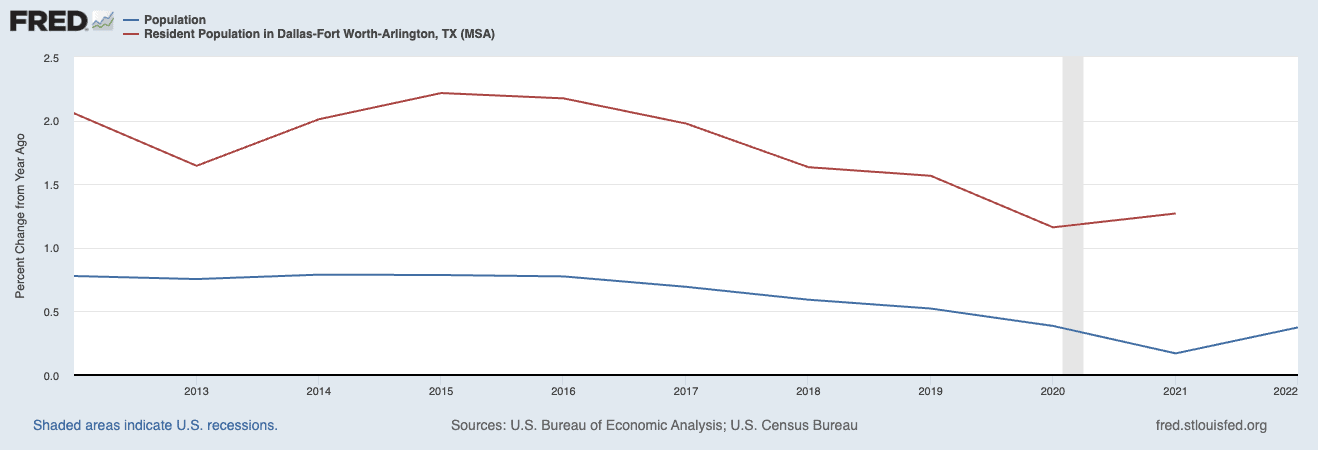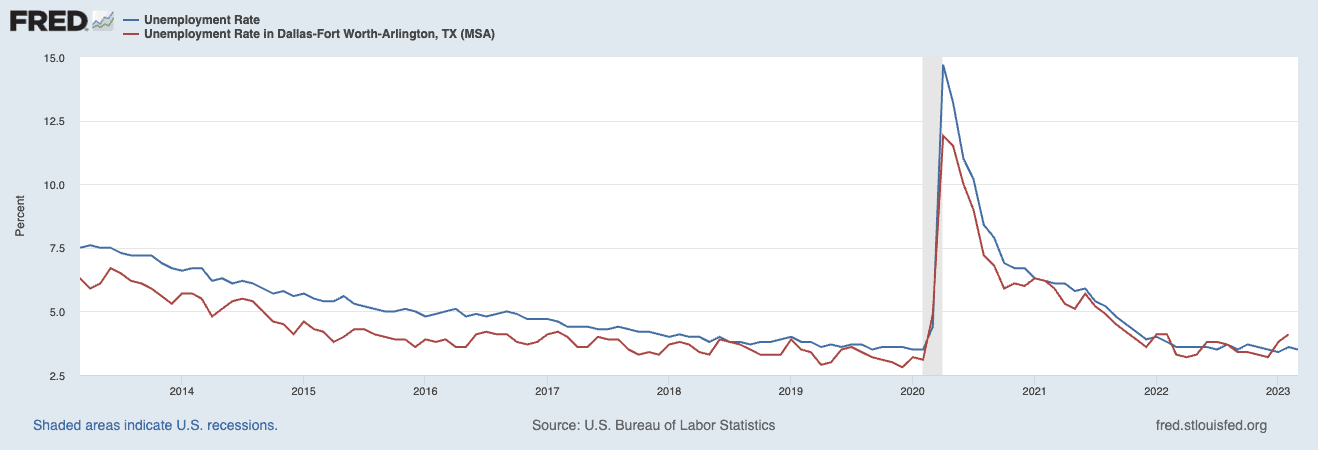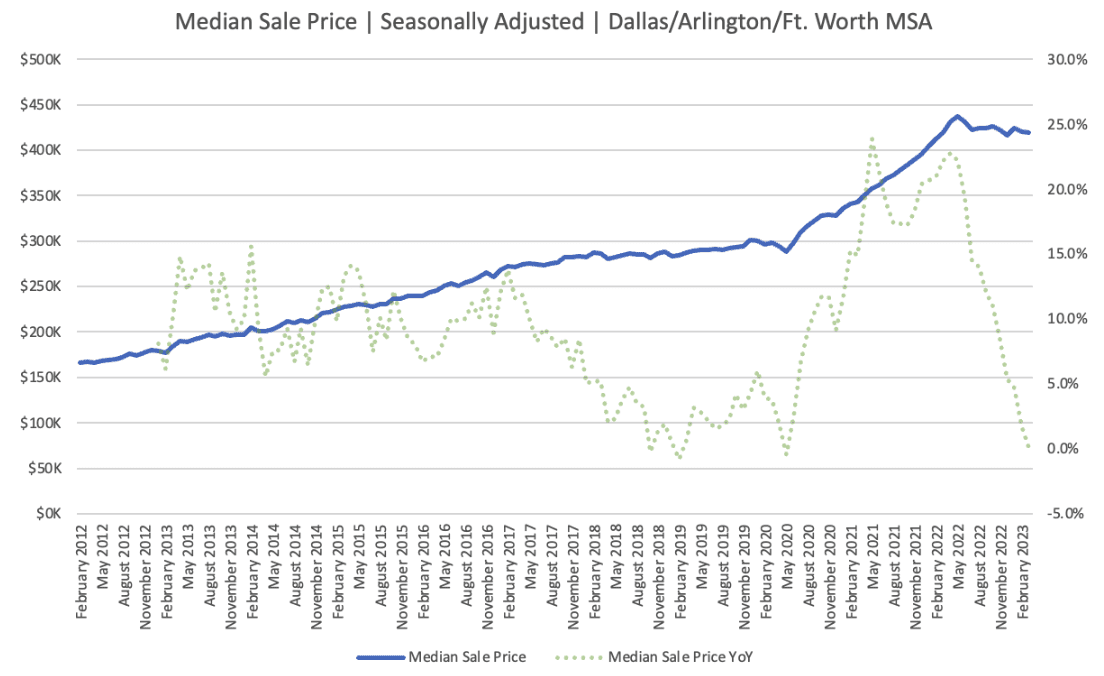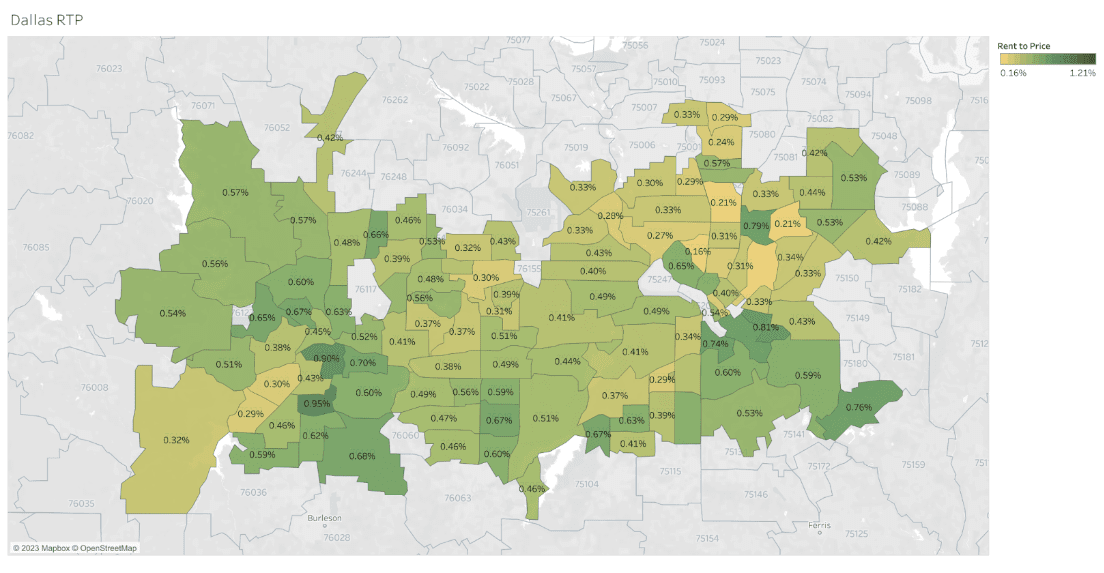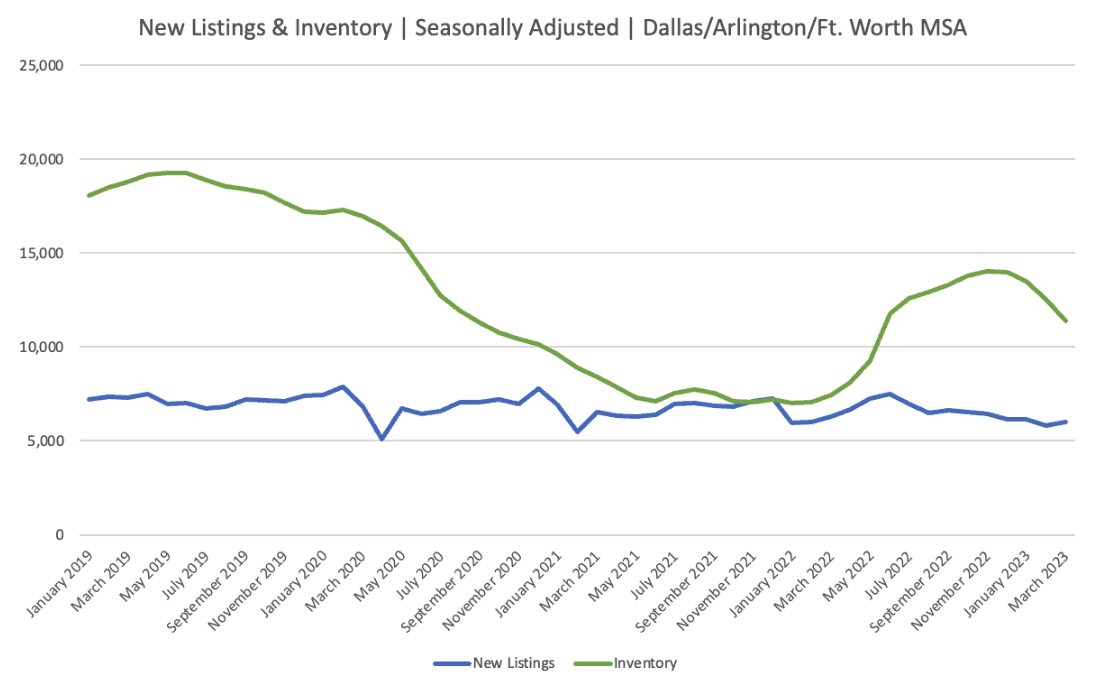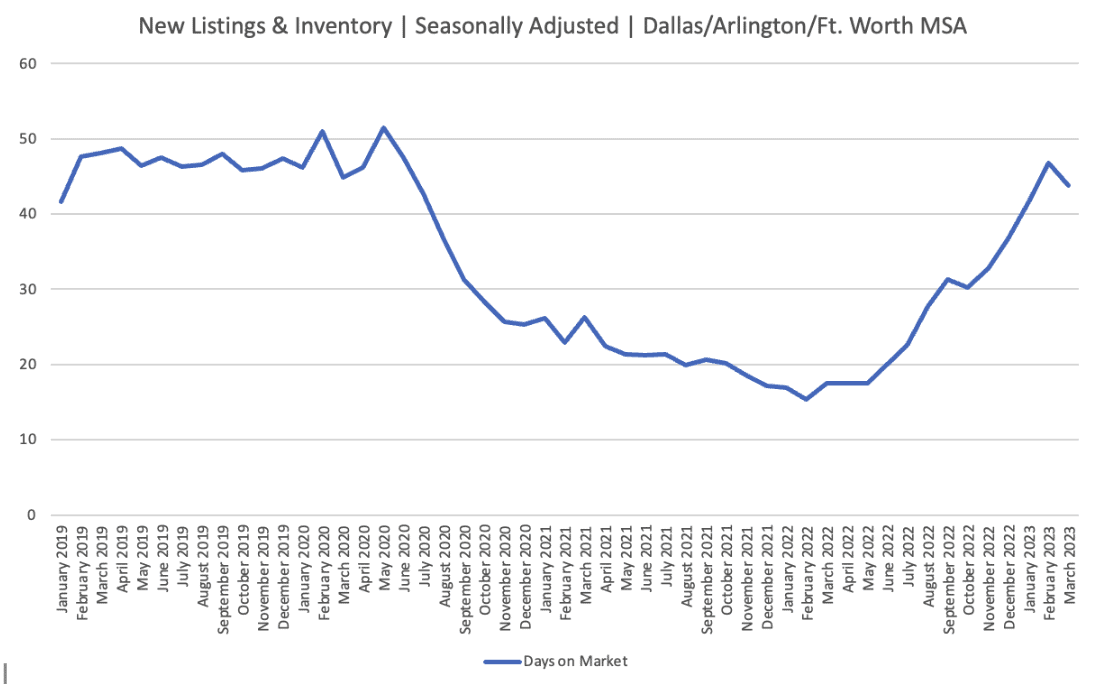How To Use AI To Revolutionize Your Business: 4 Simple Steps
How to use AI to revolutionize your business: 4 simple steps
It’s safe to say that artificial intelligence can evolve nearly every business. The question is, can it completely revolutionize them? Can your business transform from slow lane to fast lane, from service to product, from a million to a billion, by incorporating AI?
Whatever you think about the AI hype and bandwagon that followed, winners are emerging and the gains aren’t slowing down. Be smart, think differently, make the moves that no one else is making, and you might create a business you didn’t realize was possible.
Here are 4 simple steps to revolutionize your business using AI.
Step one: Start experimenting with AI
The first step is to undertake an intentional phase of learning about artificial intelligence. Adopt a beginner’s mind and dig into everything it involves. Talk to those in the field, subscribe to those that were there before it was cool, and immerse yourself in theory and application until you know the jargon and can conceptualise like a pro. Do the research, join the masterminds, get hungry for information. Aim to develop a solid understanding on which you can build.
After that, get some practice using the tools that already exist. Dozens of AI directories will show you ones in every industry. Map out your entire business on an A4 sheet of paper including all the processes it carries out every day. Break your operation into production lines, each with a clear purpose and list of tasks. Armed with your business map, use the AI tool directories to find a platform for your every need. Don’t do this solo; empower your team and ask your freelancers. Challenge them to ramp up their output by incorporating AI. Give thanks when they find faster and cheaper ways of getting their job done.
Step one scratches the surface of what might be possible with AI, saving you time and money in the process.
Step two: Build something you want to use
Now that you’ve surveyed the landscape and are familiar with the scene, you’re starting to approach challenges with AI in mind. A capacity problem can be solved with a few prompts; an output problem with a specific tool. You’re spotting gaps in the capabilities of what already exists and coming up with ideas for tools that you’d love to use in your own business.
These insights are gold dust and should not be ignored. Every idea that you have for a tool you would actually use yourself (a concept known as dogfooding) is key to revolutionizing your company using AI. If you love it, chances are other people will too. So build it. Map the tool out (perhaps with a second opinion from a pro), add your spec and budget to Replit Bounties and have a prototype within a few weeks. It doesn’t need to be perfectly polished because you’re only using it within your company. Once it starts making your life easier, turn it into a case study and tell your network.
Step two is where you build the tools that you want to use and assess the appetite for making them available to others.
How to use AI to revolutionize your business: 4 simple steps
Step three: Think in terms of the platonic ideal
Elon Musk solves problems in specific ways. One way is thinking in terms of the platonic ideal. This means, rather than taking something that already exists and making marginal improvements, you reimagine it entirely, from the top, down. Identify the most fundamental need of your ideal customers, look purely at the outcome you want to achieve, then work backwards from there, without any preconceived notion of what’s possible.
Think about how your business incorporates AI through the lens of this platonic ideal. That way, you find what the perfect version of your business looks like. In this new version, you need only be constrained by the laws of physics, everything else is optional. Ignore budget and time restraints and ignore the fact that something might have never been done before because you could be the first.
Step three stops you being confined by thinking small and moves your business from evolution to revolution.
Step four: Find the right partners
By now you know what you’re talking about, you have a sense of what’s possible with tools, you’ve scratched your own itch with a few that you’ve made and you’re well on the way to understanding how you fit in this exciting new world. Next, get more clarity and a sense of feasibility by talking to developers about productizing your business. Assuming you don’t have a technical background (like many of the world’s greatest tech entrepreneurs), you’ll need to find trusted partners to turn your in-house prototypes and vision of the future into lines of code and real life products.
The best way to get the advice of an AI engineer? Pay them for their time. Find reputable people on Upwork, reach out and get a quote for a few hours of chatting. Tell them your ideas, explain what you want to achieve, describe a specific problem you’re trying to solve. If they’re duly fascinated with the field, they’ll love the challenge. They’ll explain their thinking, suggest new ways forward and add elements you hadn’t considered. Chat to more than one to get multiple perspectives and go forward with those you want to partner with. Keep an open mind about the potential of the role; this person could end up being your CTO.
Step four is where you decide the role your company will play in building the future and assemble the dream team to make it happen.
Immerse yourself in learning, find the gaps in the market for the tools that business owners like you are crying out for, then imagine them from the ground up and get help turning them into products. Revolutionize your business using artificial intelligence with these four simple steps.
How To Use AI To Revolutionize Your Business: 4 Simple Steps Read More »






